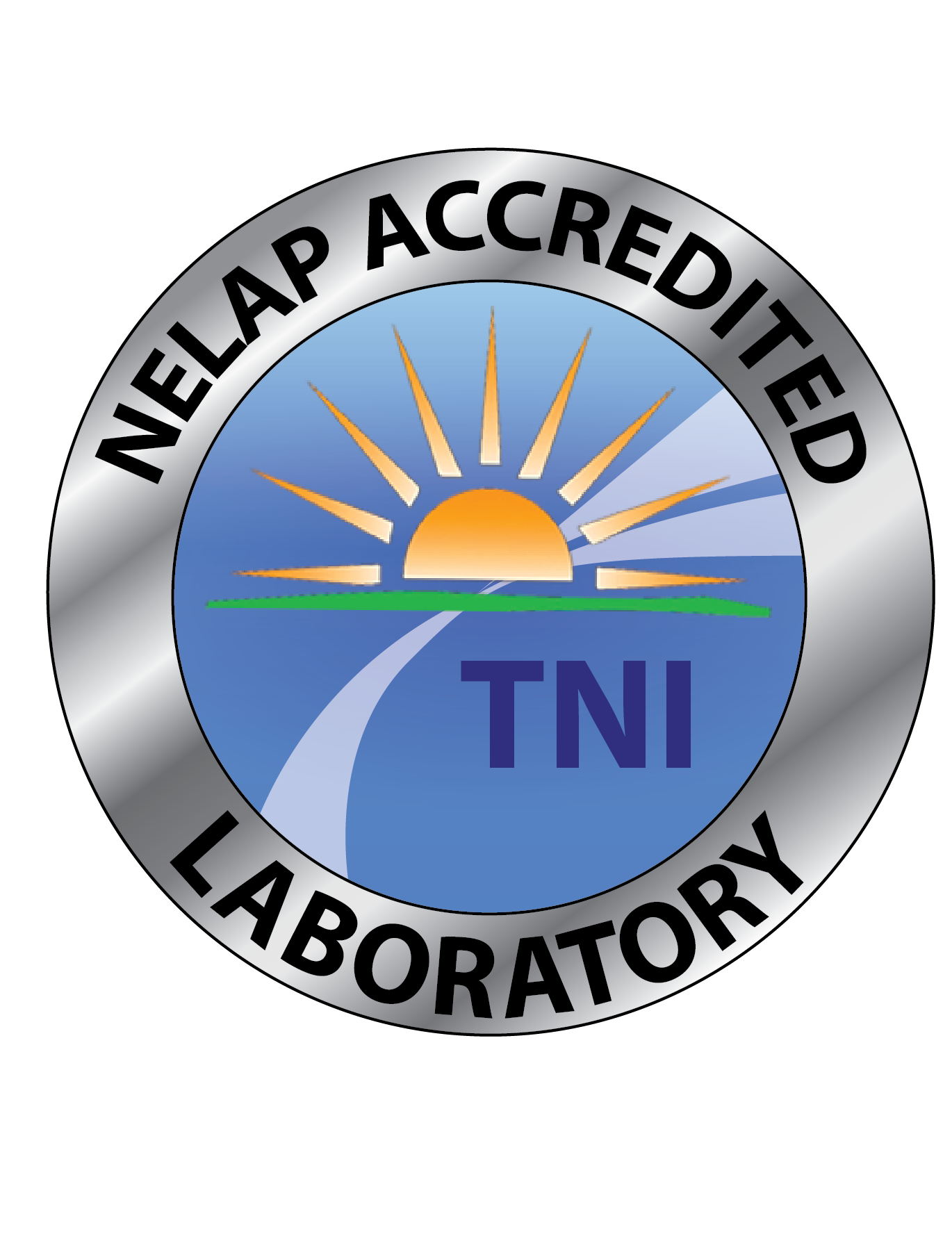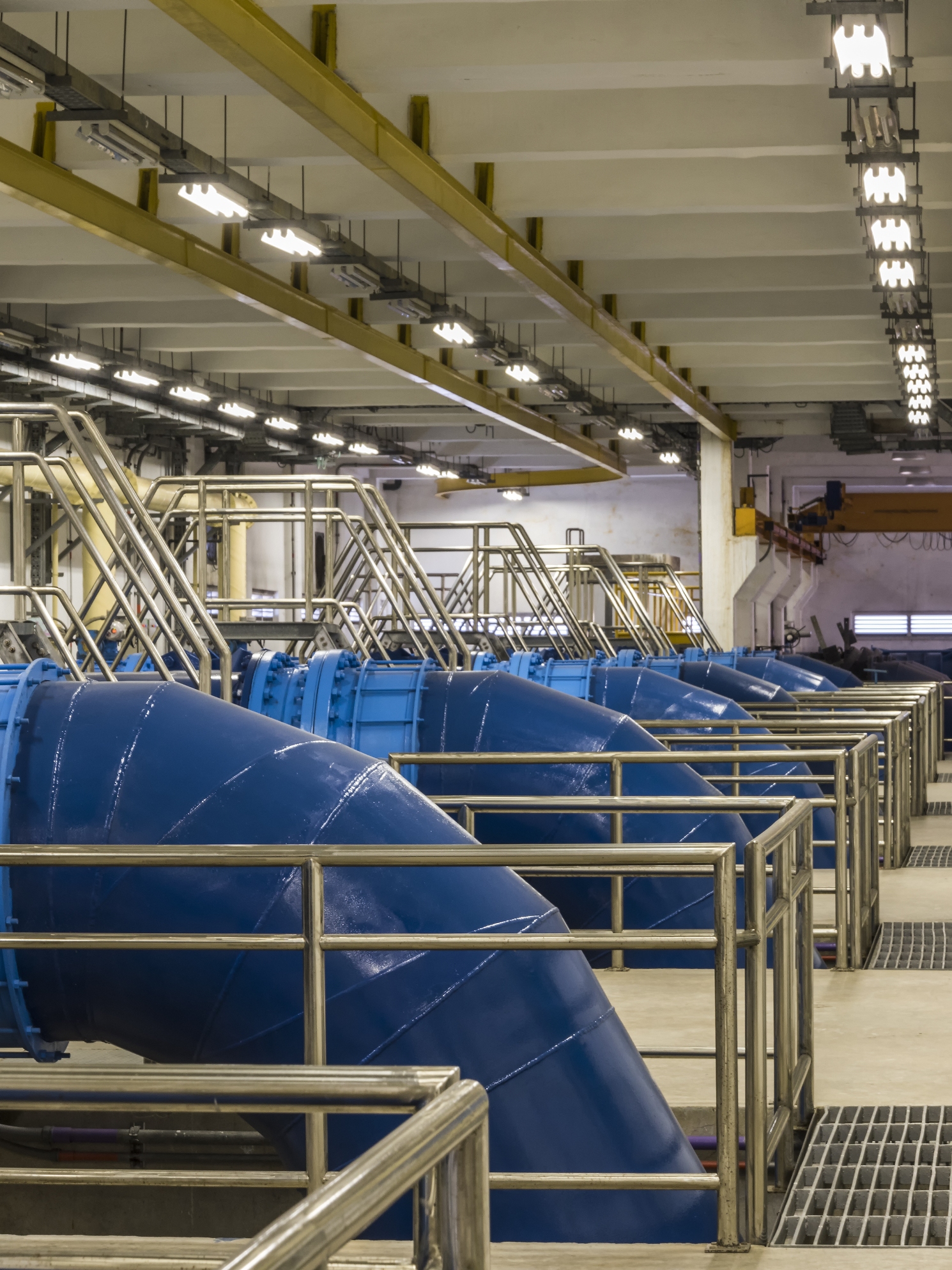Industry Experience
ACZ Laboratories was founded to support the analytical environmental compliance needs of mining operations in the Western United States. Today, ACZ provides analytical support to a broad base of clients throughout the United States as well as internationally. While ACZ’s main client base is still the mining industry, other industry experience and clients include: environmental consulting & engineering firms, oil, gas & energy, government organizations (federal, state, local and tribal), water treatment facilities, landfills, nutraceautical manufactures, and food/beverage importers.
Capabilities
We believe that performing complete analytical suites in one location ensures data integrity, sample security, prompt turnaround times, and a higher level of customer service. ACZ analyzes many matrices including: drinking water, surface water, groundwater, wastewater, soil, mine tailings, overburden, sludge, plant, and biota tissue.
Metals and Inorganic Chemistry
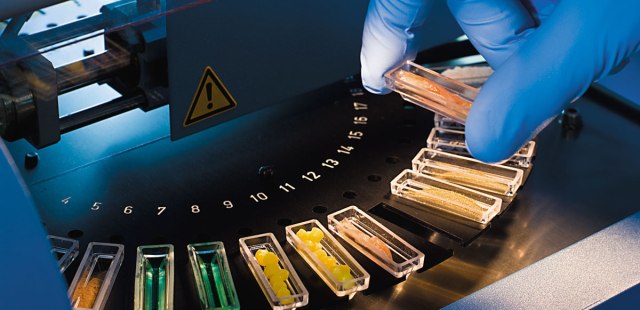
Learn more
Visit Page
- Trace Metals via ICP & ICP-MS
- Ultra Low-level Mercury via CVAFS EPA 1631
- Mercury via CVAA EPA 245.1 & 7470a
- Mercury in solids via EPA 7473
- Selenium Speciation via SM 3114
- Selenium via ICP-MS & Hydride Generation (HGAA)
- Wet Chemistry (IC, FIA, TOC, Discreet Analyzer, Auto Titrator, Spectrophotometer)
- Carbon (TC, TOC, TIC, DIC, DOC)
- Cyanide (Free, Available, Thiocyanate, Total, WAD)
- Chromium Speciation via SM 3500
- Rare Earth Elements via ICP-MS
Radiochemistry
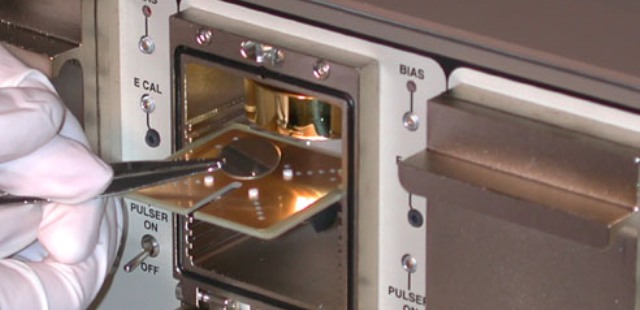
Learn more
Visit Page
- TENORM
- Gamma Scan
- Gross Alpha Beta
- Lead 210
- Polonium
- Radium 226-228 via 903.0, 903.1, 904.0 & 9315, 9320
- Radon 222 in water
- Isotopic Thorium & Uranium
Organic Chemistry
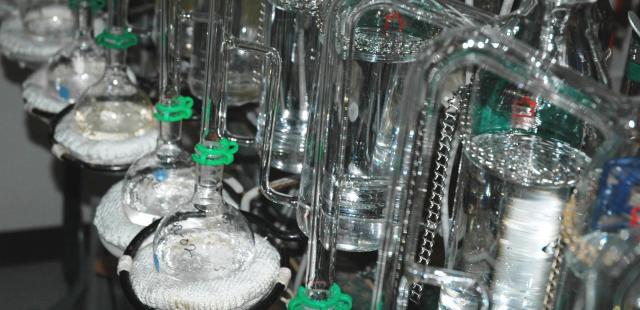
Learn More
Visit Page
- TPH (Extractable DRO)
- TVH (Volatile GRO TVPH)
- BTEX / MTBE via EPA 8021B and 8260
- VOCs EPA 624 & 8260
- SVOCs: Base/Neutral Acid Extractables (BNA) EPA 625 & 8270
- PAHs via EPA 8270
- Nonylphenols via ASTM D7065-06 including Bisphenol A (BPA)
- Instrumentation: GC/FID, GC/PID, GC-ECD, GC/MS
Geochemistry
.png)
Learn More
Visit Page
- Acid Base Accounting (ABA)
- Acid Generation Potential (AGP)
- Acid Neutralization Potential (ANP) Heat and No-Heat modified
- Sulfur Speciation (Total, Sulfide/Pyritic, Sulfate, Organic/Residual)
- Hot Water Extractable Sulfur
- Modified Sobek (Client Specific & Montana State University Modified Sobek)
- State of Nevada Modified Sobek Procedure
- ASTM E1915 Residual Sulfur & Carbon Content via Pyrolysis (%)
- Net Acid Generation (NAG) Single NAG, Australian NAG
- Saturated Paste Extractions
- Incremental Sampling Method (ISM) and Incremental Composite Sampling (ICS)
- Plant Available, Soluble and Exchangeable Metals Leaching Extractions (KCL, AB-DTPA, KCL, Hot water, Sodium Acetate)
- Leaching Environmental Assessment Framework (LEAF) Methods (EPA 1313, EPA 1314, EPA 1315, & EPA 1316)
- Overburden Analysis
- Humidity Cell Testing (HCT) via ASTM D5744-13
- Column Leach Studies: Nevada Meteoric Water Mobility Procedure (MWMP) & Client Modified Columns
- California Waste Extraction Test (WET) CAL Title 22 TTLC 18 Metals
- Synthetic Precipitation Leaching Procedure (SPLP, EPA 1312)
- Toxicity Characteristic Leaching Procedure (TCLP, EPA 1311)
- EPA Method 3050B, 3051A, 3052 and 3060A Digestions
- Sequential Extraction for Metal Fractioning (Tessier and modified Tessier)
- Metals Speciation
- Plant Tissue and Biota Tissue Analysis for Trace Metals and Ecological Risk Assessment (ERA) and Bioaccumulation Studies.
- Wet and Dry Sieving
- Texture via Hydrometer
- Crushing and Pulverization Including a Rocklabs Ring and Puck Pulverizer
- X-Ray Diffraction (XRD) Semi-Quantitative and Rietveld Refinement
Humidity Cell Testing (HCT)
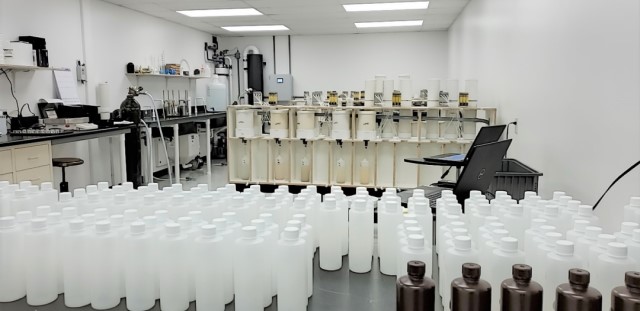
Learn more
Visit Page
- State of Nevada Certification for Static (ABA) and Kinetic (HCT, MWME) Testing
- Wider Columns Available for Analysis of Tailings
- Client Specific Customized Testing
- Low-level Metals Analysis in a Class 100 Cleanroom
- All Testing Performed in one 31,000 Sq. Ft. Lab
- USDA Foreign Soils Permit
- Monthly Reporting for HCT Progress Evaluations
X-Ray Diffraction (XRD)
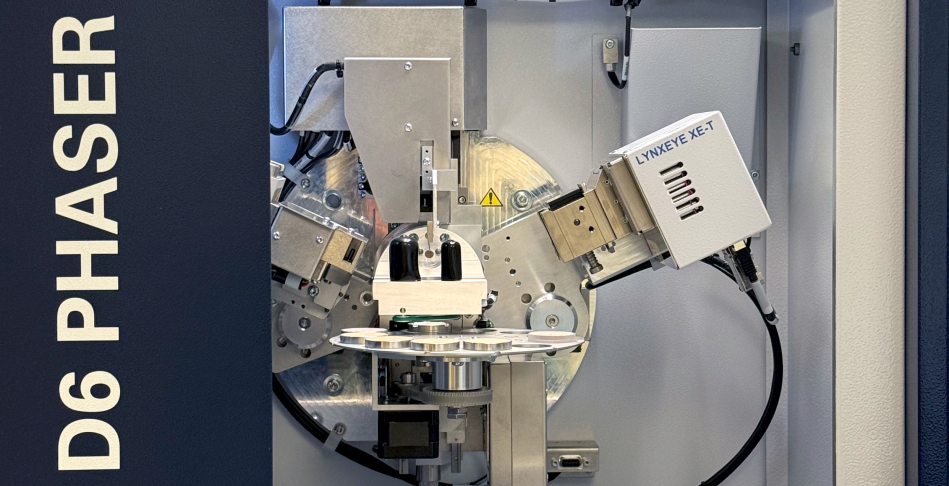
Learn More
Visit Page
X-Ray Diffraction (XRD) supports our clientele’s environmental monitoring and material characterization needs. Samples can be analyzed using one or multiple of the following analyses: Quantitative XRD Analysis with Rietveld Refinement for the precise identification of mineral phases, Semi-Quantitative XRD Analysis for the estimation of mineral concentrations in samples, and Clay Speciation for detailed identification and concentration estimates of individual clay minerals (<2 µm).
